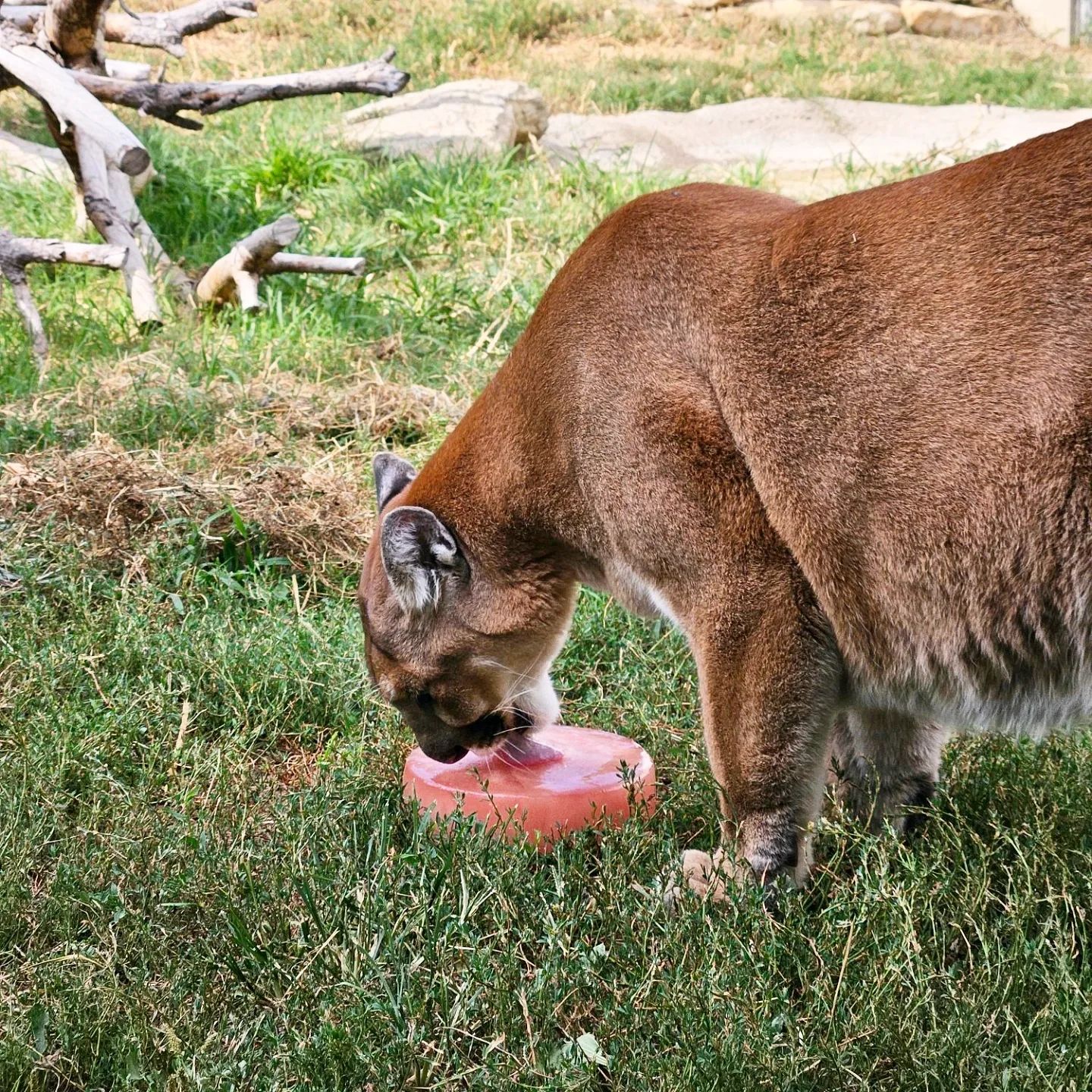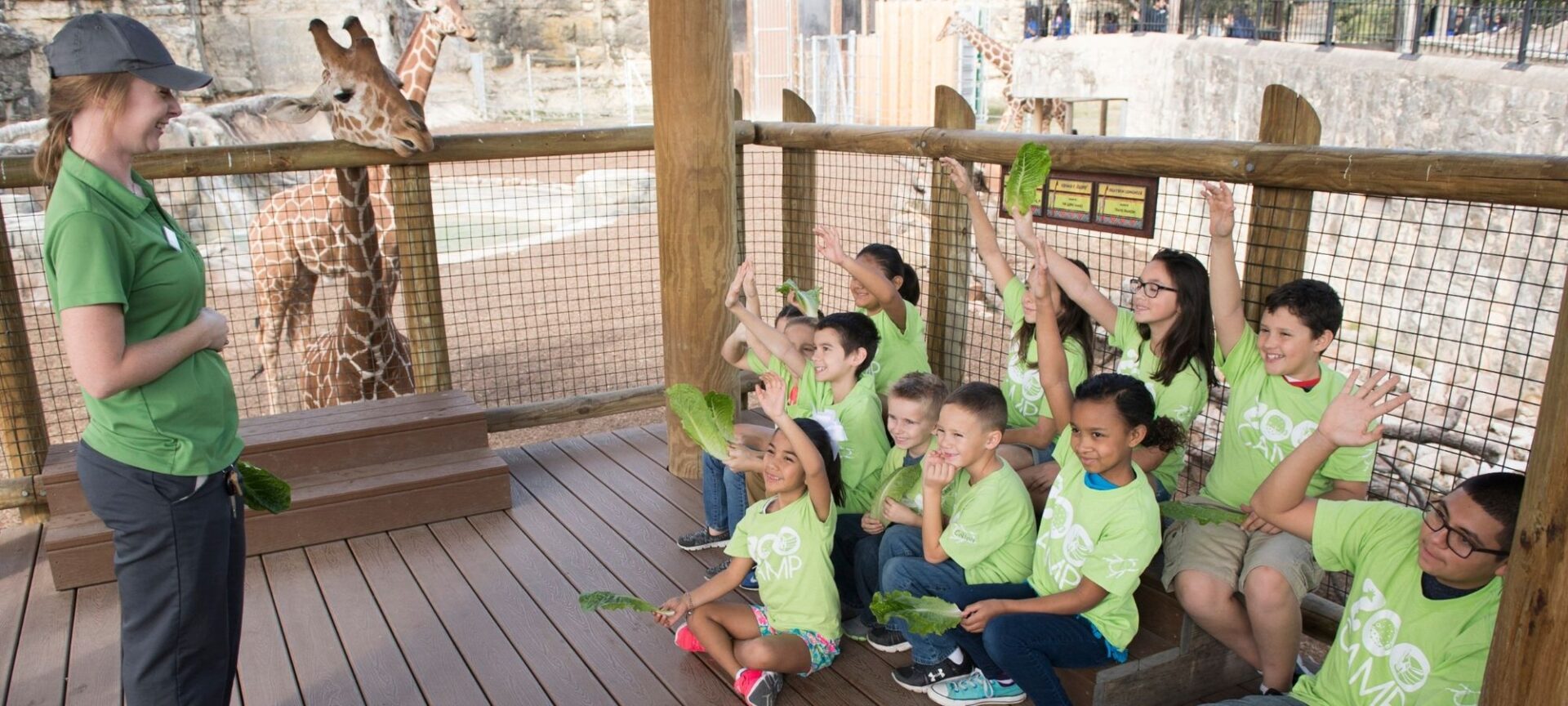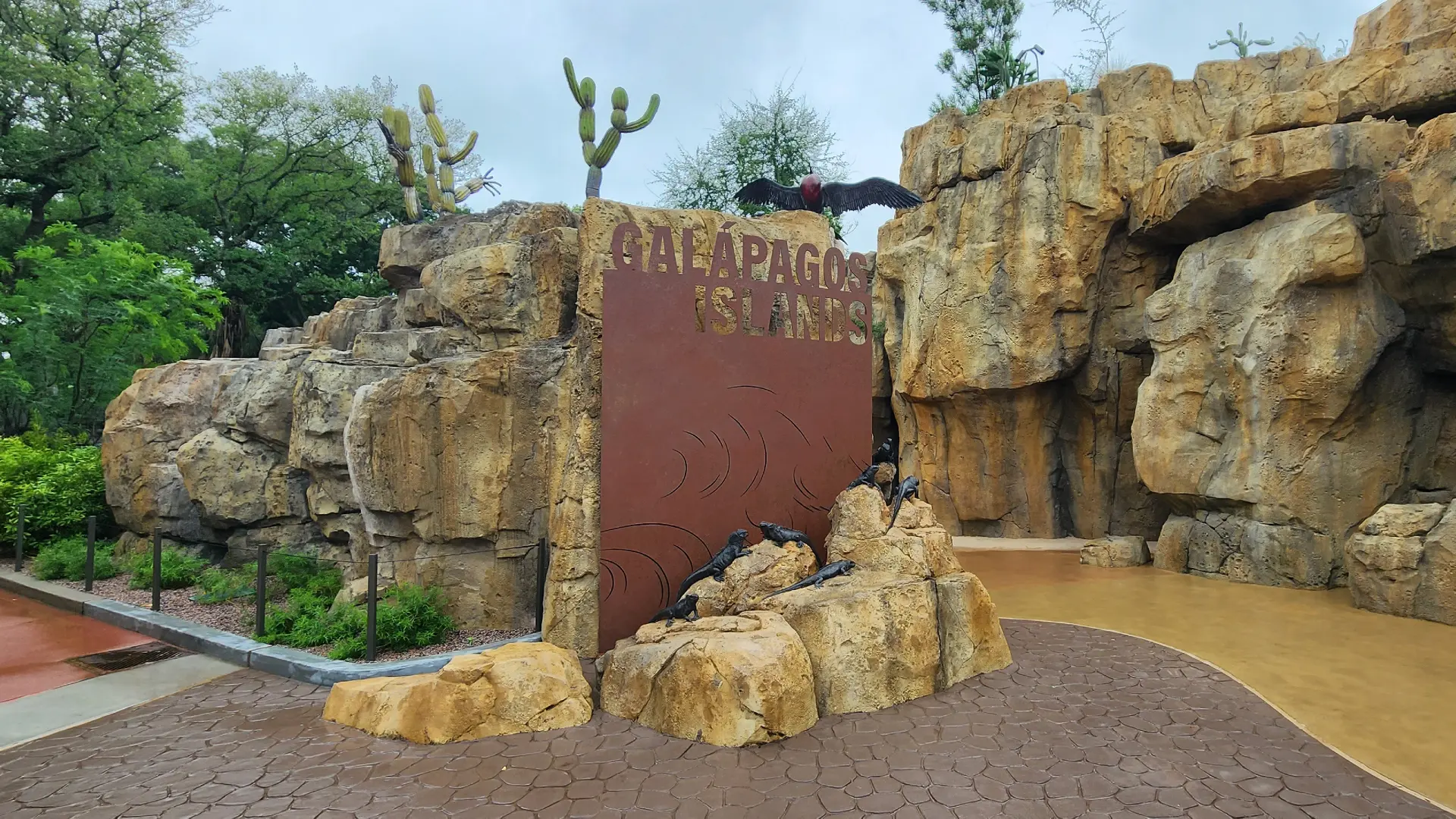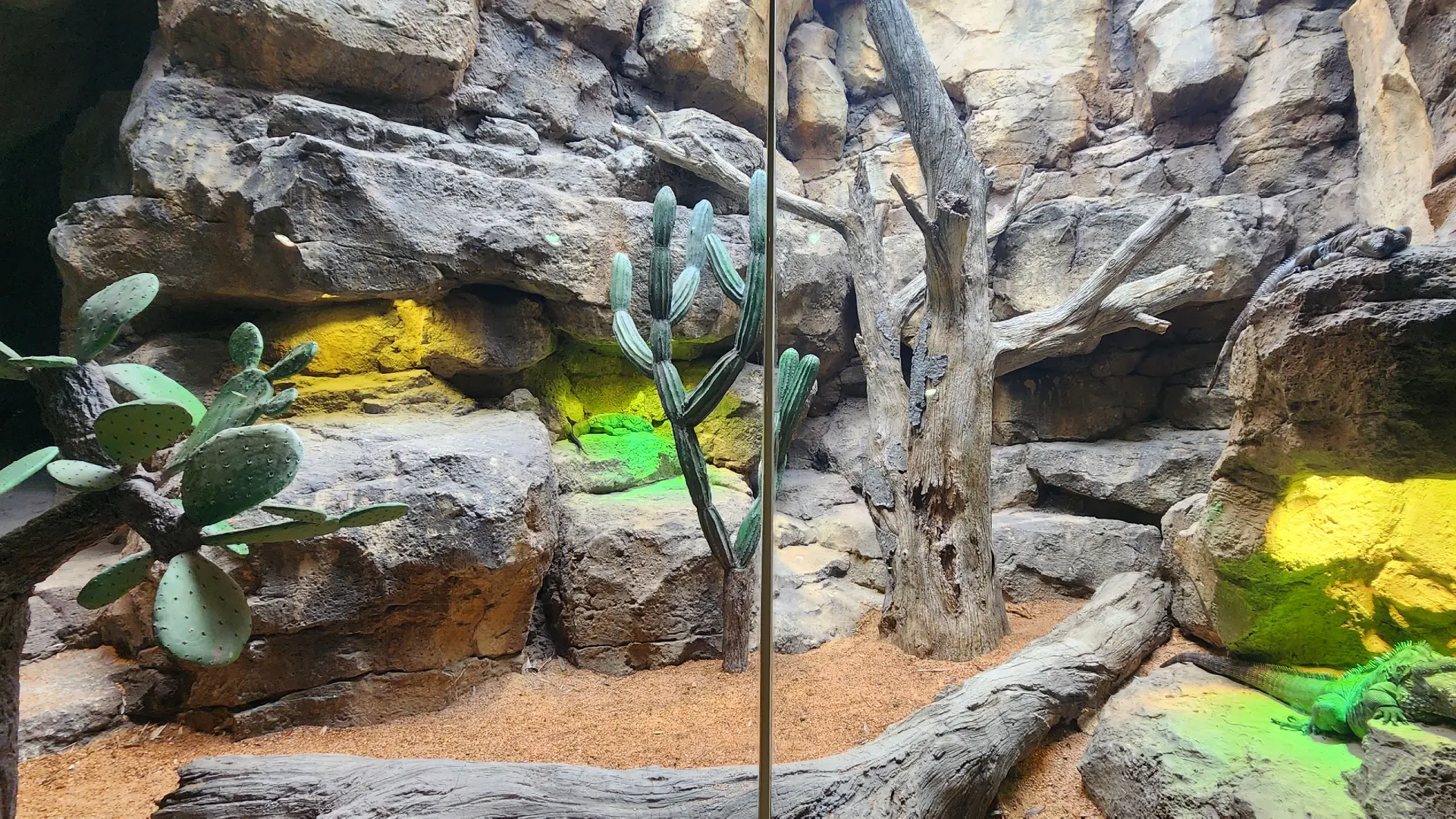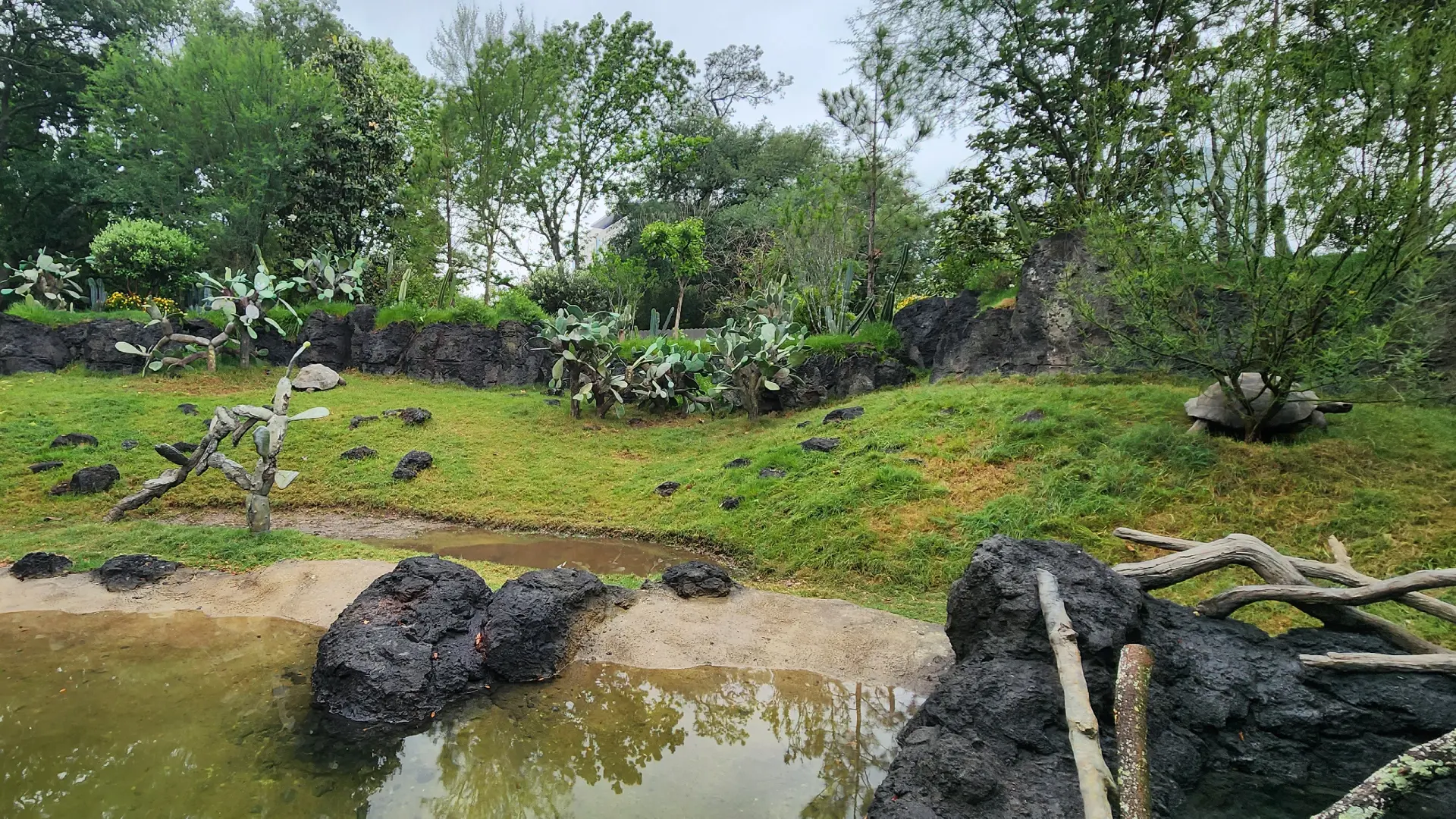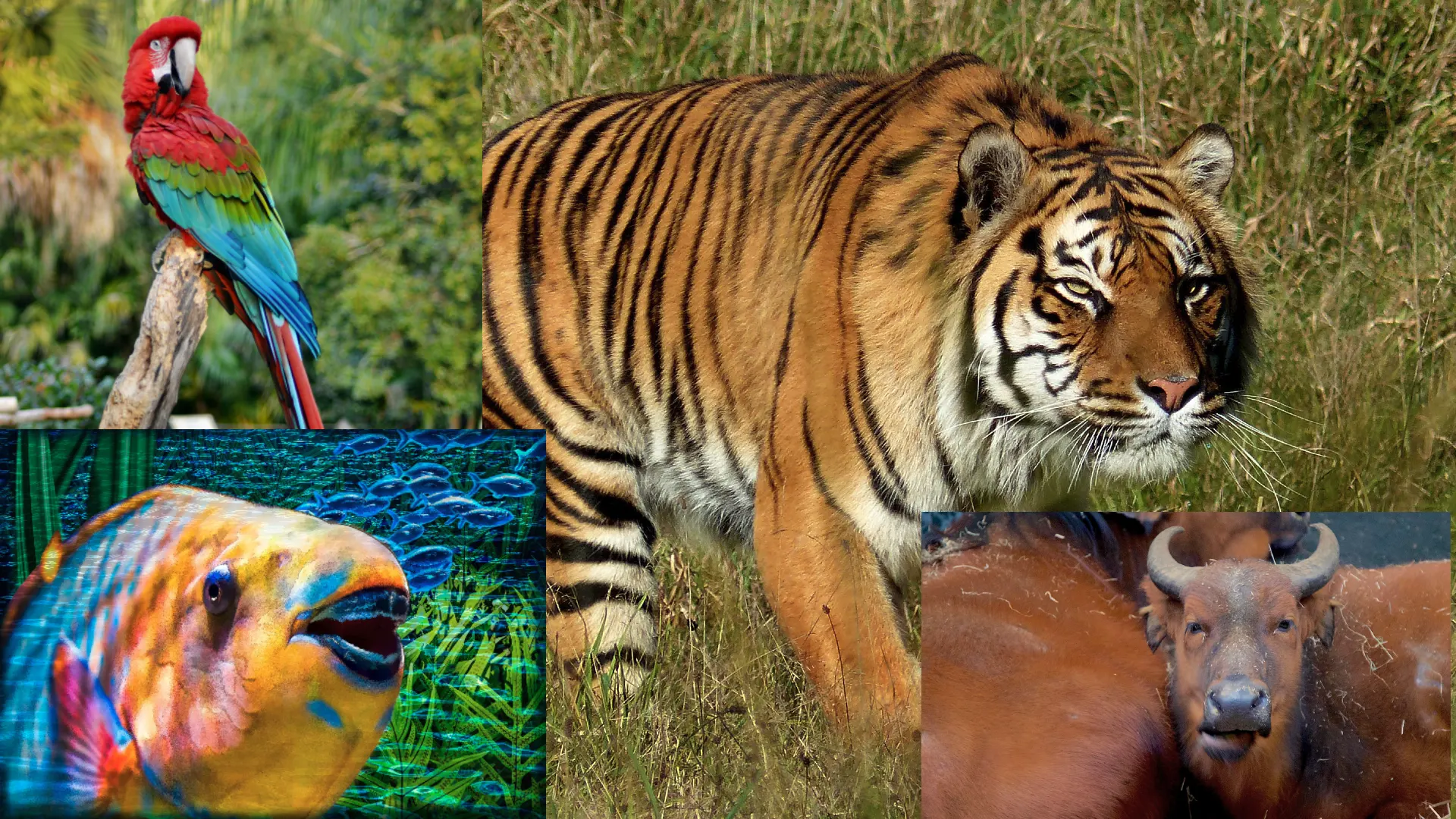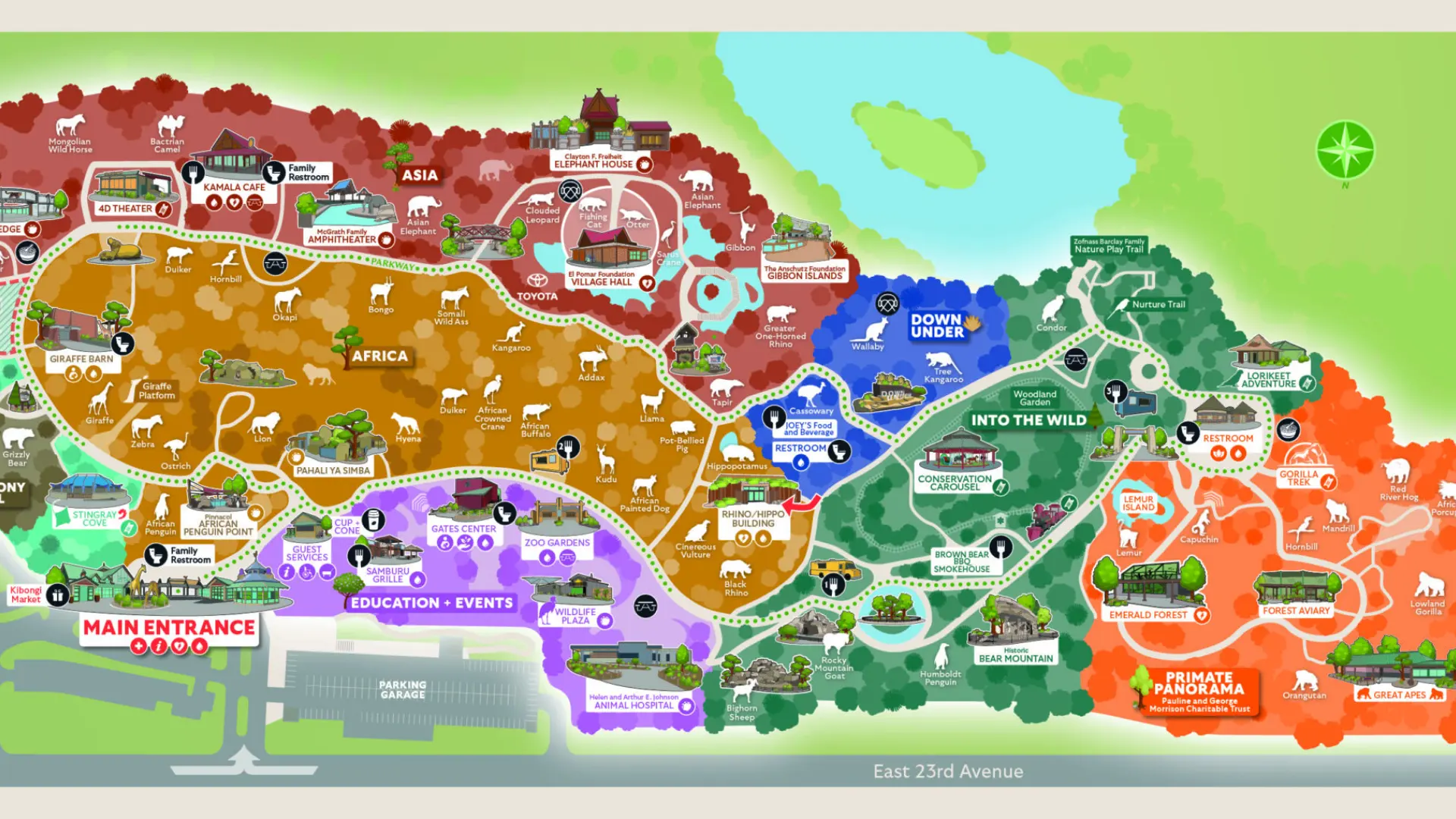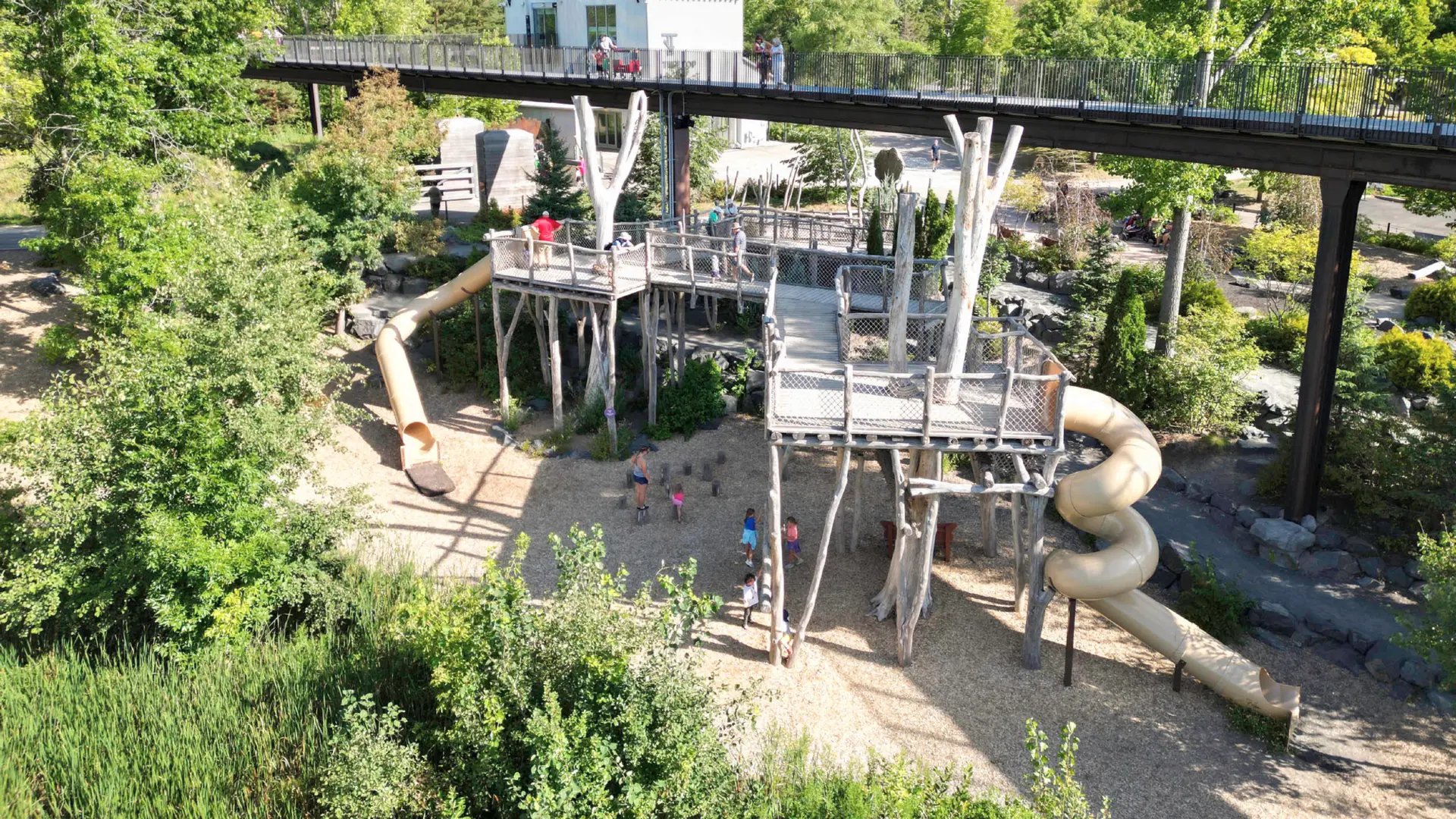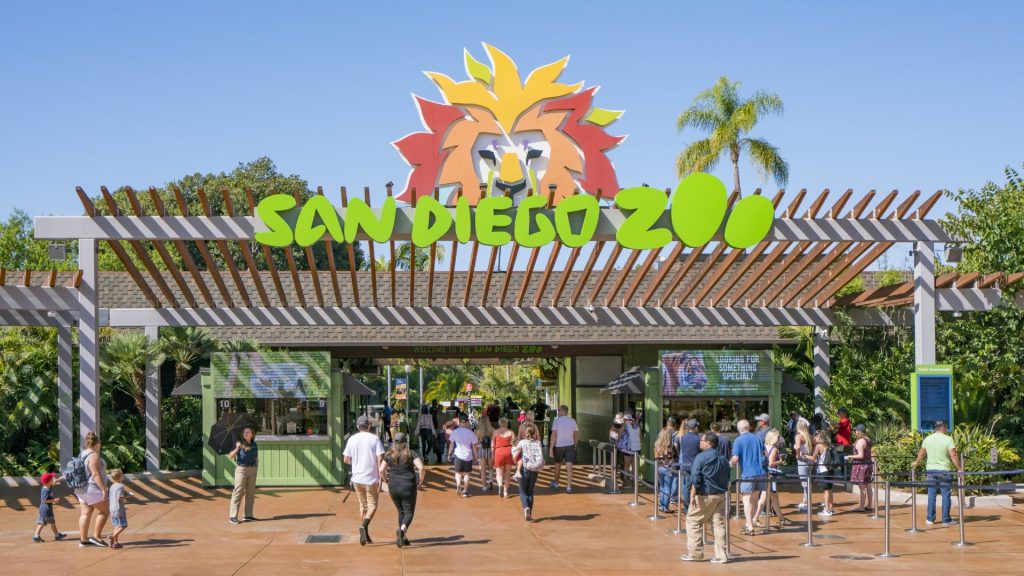
San Diego Zoo
The San Diego Zoo is truly the best zoo in the United States. This zoo offers an experience second to none with some of the most unique attractions you will ever see in a zoo. Some of the animals you will find in this zoo include lions, elephants, koalas and none other than the incredibly iconic giant panda.
27Collective Customization

Omaha Zoo
The Omaha Zoo is an incredibly detailed zoo that provides guests with immersive indoor experiences no other zoo can offer. From the Desert Dome to the Lied Jungle, this zoo offers exhibits from multiple diverse habitats. However, the zoo isn't just known for its immersive indoor exhibits but also its award-winning Asian Highlands, which is truly a spectacle for every visitor who enters the gates.
27Collective Customization
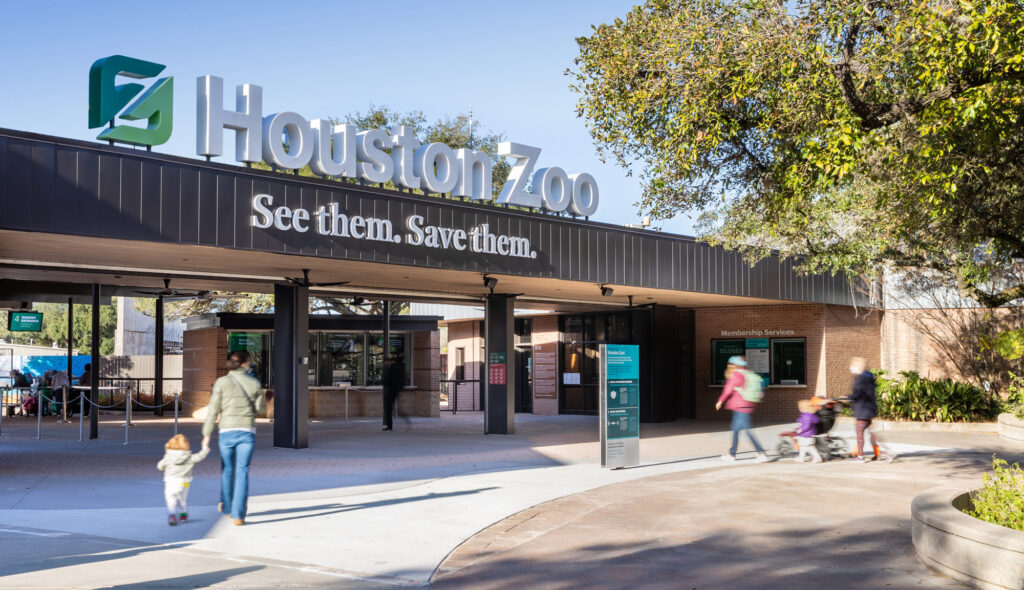
Houston Zoo
The Houston Zoo just may be the best zoo in the lone star state. With immersion exhibits like South America's Pantanal, African Forest and Galapagos Islands the zoo has recently paved its way forward into being one of the best in the nation. The zoo also prides itself on its excellent track record with breeding endangered animals like Asian Elephants, becoming the nation's leader in elephant births
27Collective Customization

